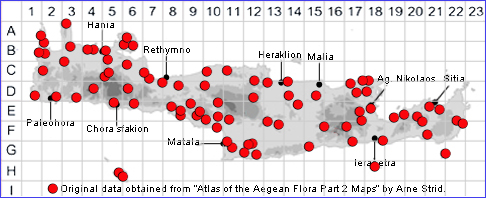SPECIES DESCRIPTION
OROBANCHE PUBESCENS
Family and Genus:- See- OROBANCHACEAE/Sect. OROBANCHE
Common Names:- Hairy broomrape
Homotypic Synonyms:- Orobanche minor ssp. pubescens, Orobanche
versicolor.
Meaning:- Orobanche (Gr) Legume-strangler. (one species is parasitic on
legumes).
Pubescens (L) Maturing, becoming downy-hairy.
General description:- Short to medium, glandular-hairy perennial.
Stems:-
1) 15-50 x 0·4-0·7 cm, variably swollen at base, glandular-pubescent, pale yellow,
often tinged with pink. densely glandular-pubescent and soft-pilose throughout.
Leaves:-
1) Scale-like, oblong, erecto-patent, 10-25 mm long, long-hairy like the stem and
bracts.
Flowers:-
1) Inflorescence, cylindrical, 7-22 x 2-4 cm, rather lax, glandular-pubescent to long,
villous, usually many-flowered.
2) Bracts, 10-20 mm, lanceolate, acuminate, equalling or exceeding the flower.
3) Calyx segments, free or almost so, entire to unequally bidentate, teeth narrow,
often filiform towards apex, ± equalling the corolla tube.
4) Corolla, 10-15(-20) mm, tubular, slightly curved, ± straight in the middle part
yellowish to violet-brown, sometimes uniformly yellowish-white. villous to
arachnoid especially outside on the upper lip.
a) upper lip, usually entire or plicate-emarginate.
b) lower lip, plicate, crenate or denticulate, not or sparsely ciliate, middle lobe
the largest.
5) Stamens, inserted 3-4 mm above the base of the corolla tube, villous in the lower
half.
6) Stigma, lilac, violet or bluish.
Fruit:-
1) Capsule, 8-10 mm.
Key features:-
1) Calyx-segments, free or slightly connate at the base, with linear-lanceolate to
filiform teeth.
2) Corolla, villous to arachnoid, especially outside on upper lip pale yellowish, often
tinged violet or purple.
Habitat:- Dry open shrubby vegetation, olive groves, meadows, gorges. 0-1500 m.
Host:- Parasitic on a wide variety plants including (Crithmum, Cynara, Glebionis,
Hymenocarpos, Melissa, Orlaya, Otanthus, Pseudorlaya, Scandix, Sedum,
Smyrnium, Symphytum and Trifolium)
Distribution:- Throughout Greece. - NW Africa, Italy, Balkans and SW Asia.
Widespread and common on Crete.
Flowering time:- (Mar-)Apr to mid June.
Photos by:- Steve Lenton

